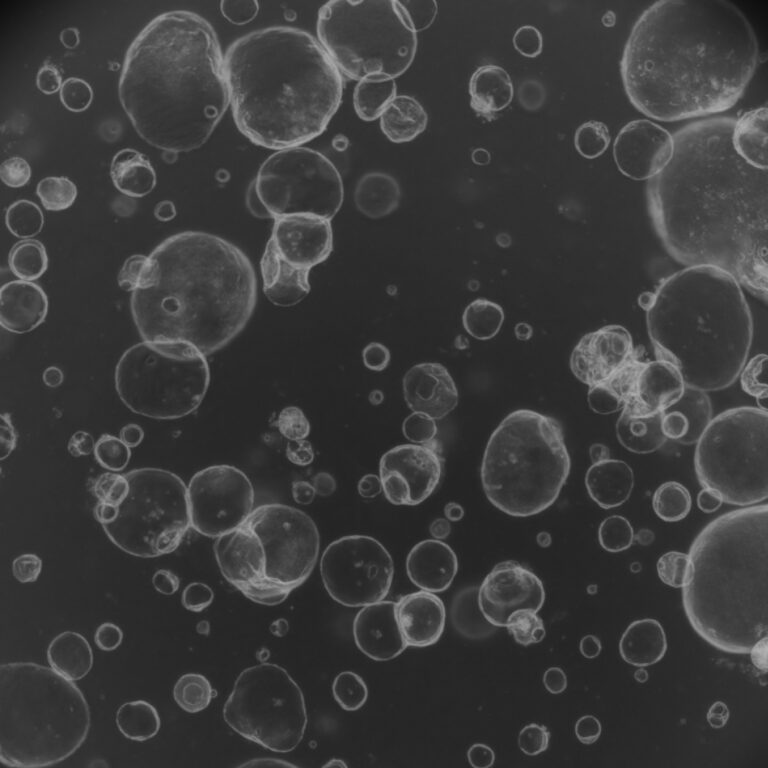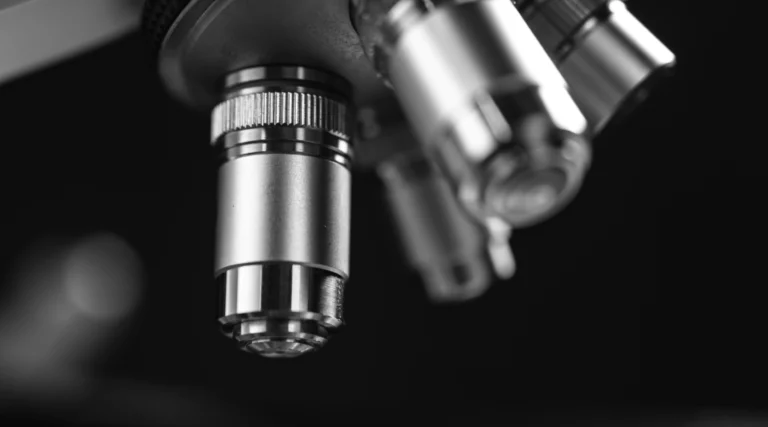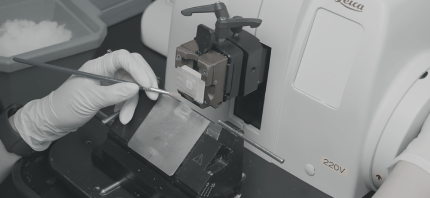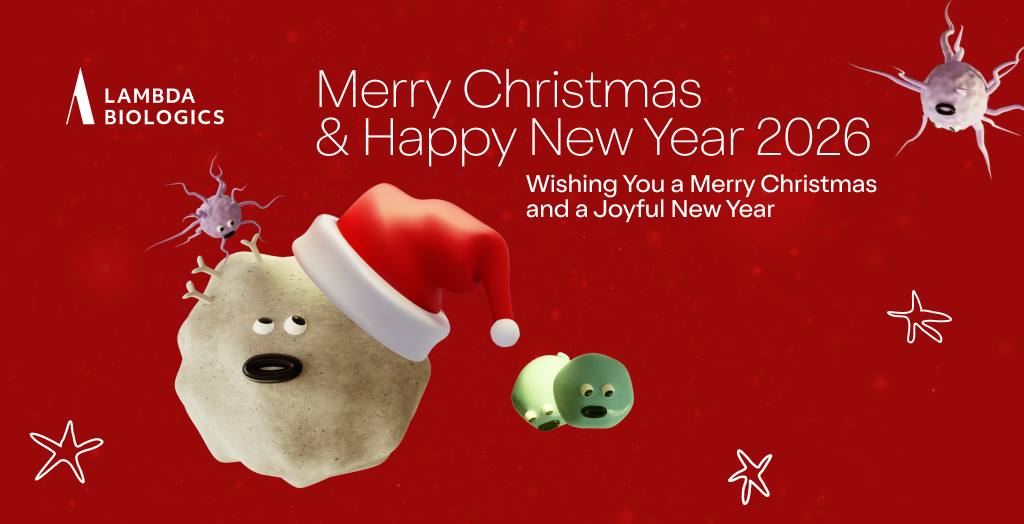In a groundbreaking study published in Nature, researchers have taken a significant leap forward in neurological research by merging brain and blood-vessel organoids to model the blood-brain barrier more accurately than ever before. This innovative approach holds the potential to revolutionize drug delivery systems to the brain and enhance our understanding of vascular diseases that affect brain health.
Bridging the Gap in Neurological Studies
The blood-brain barrier (BBB) is a highly selective semipermeable border that separates circulating blood from the brain and extracellular fluid in the central nervous system. The barrier is crucial because it shields the brain from foreign substances that could cause injury. However, this also makes it challenging to deliver therapeutic agents effectively. The recent study uses organoids, which are three-dimensional models grown from stem cells that replicate human tissues, to create an integrated model of the brain’s protective barrier.
The Organoid Model: A Breakthrough in Brain Research
The research team developed a dual-organoid system combining neural and vascular tissues that closely mimics the natural properties and functions of the human blood-brain barrier. This model allows for unprecedented observations of how substances interact with this barrier at a cellular level. By simulating the human BBB, researchers can now better understand how drugs permeate this barrier and explore new treatments for neurological diseases with greater precision.
Implications for Drug Delivery and Disease Understanding
This organoid-based model opens new pathways for developing drugs that can effectively target the central nervous system. Conditions such as Alzheimer’s, Parkinson’s, and multiple sclerosis, as well as strokes and other vascular disorders, could potentially be treated more effectively as researchers gain insights into the mechanisms that allow or prevent drug passage through the BBB.
Challenges and Future Directions
While the study marks a considerable advancement, the complexity of the BBB means that this model will need ongoing refinement to fully replicate the barrier’s properties. Future research will focus on enhancing the model’s accuracy and its ability to predict drug permeability across the BBB. Researchers are also exploring how this model can simulate pathological conditions to understand disease progression and evaluate therapeutic interventions.
This research not only paves the way for significant improvements in how we treat brain diseases but also exemplifies the power of organoid technology as a tool in medical research. As we continue to unravel the complexities of the human body at the cellular level, studies like this are crucial in moving us closer to more effective treatments for some of the most challenging medical conditions.
Keywords: #BBB #organoid #drug delivery #dual-organoid




